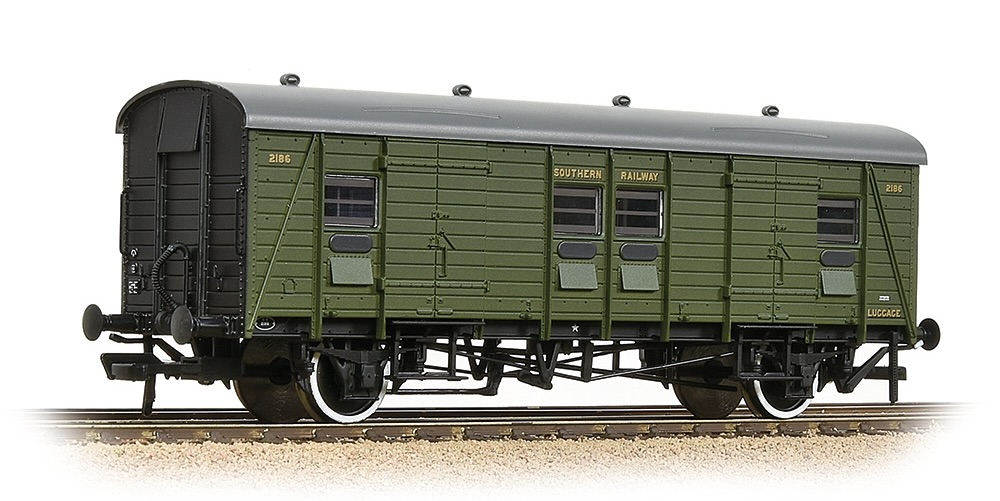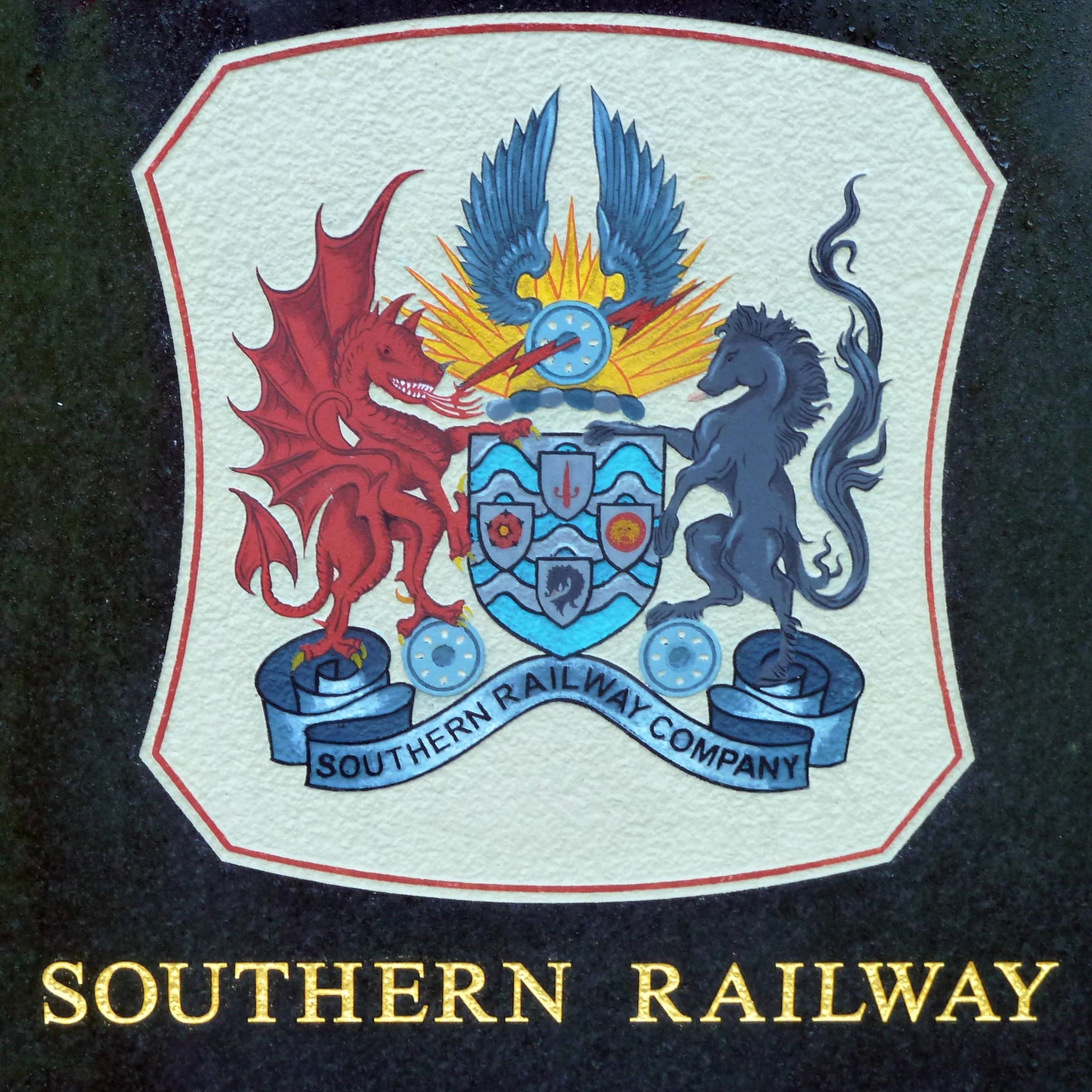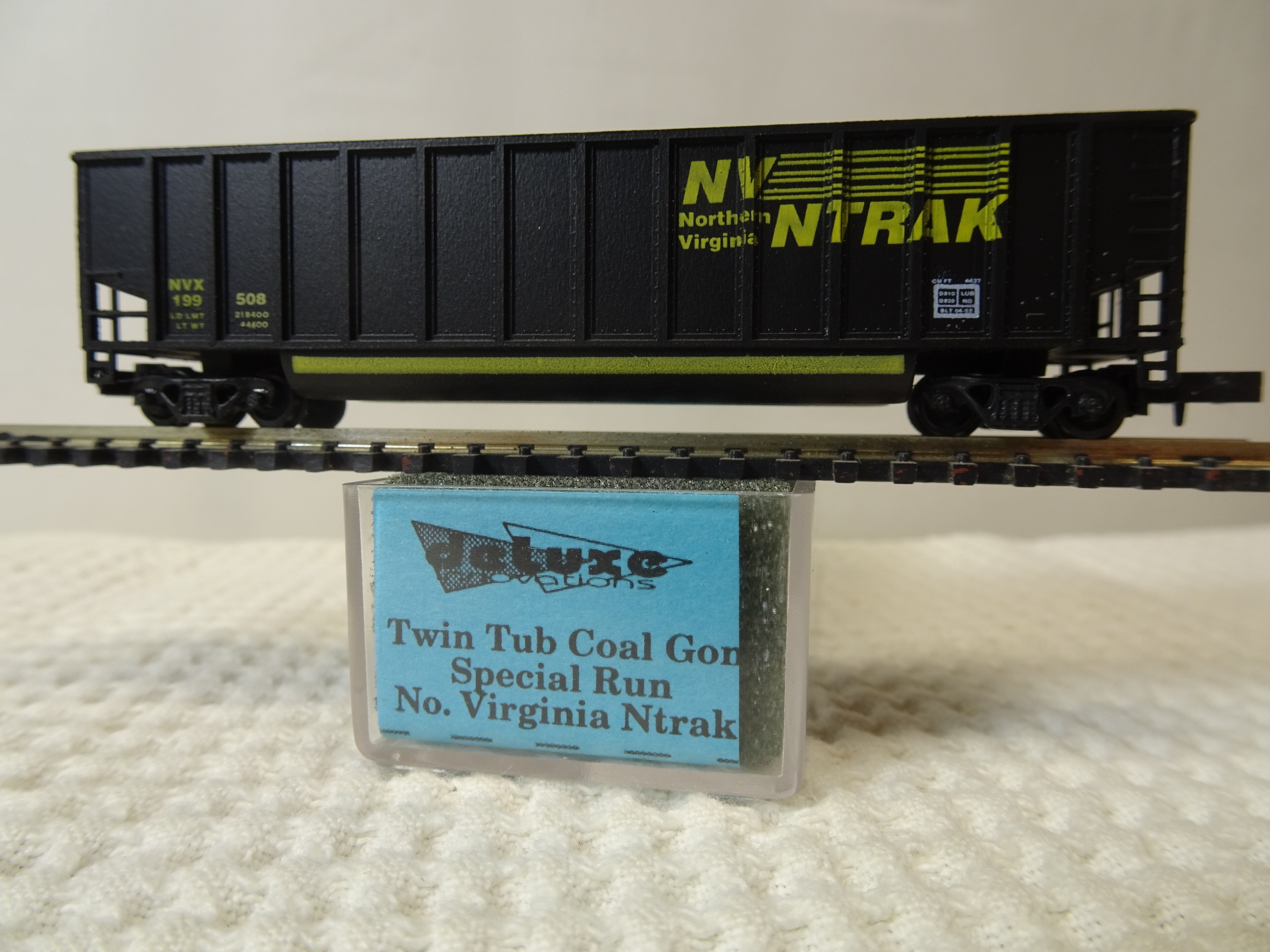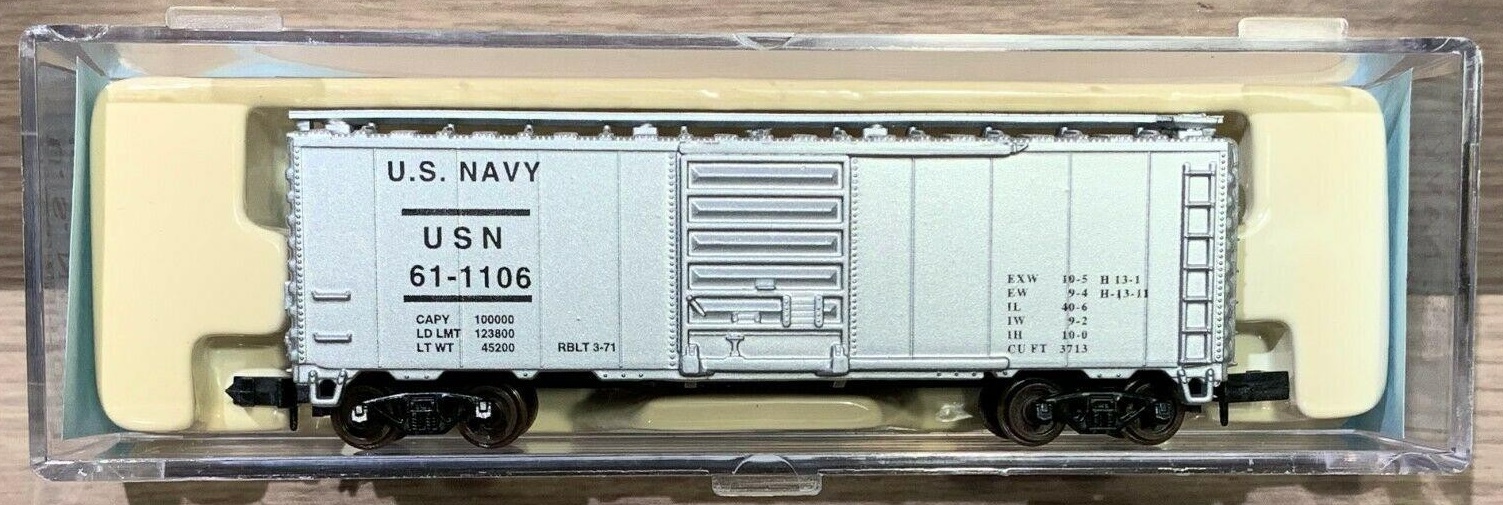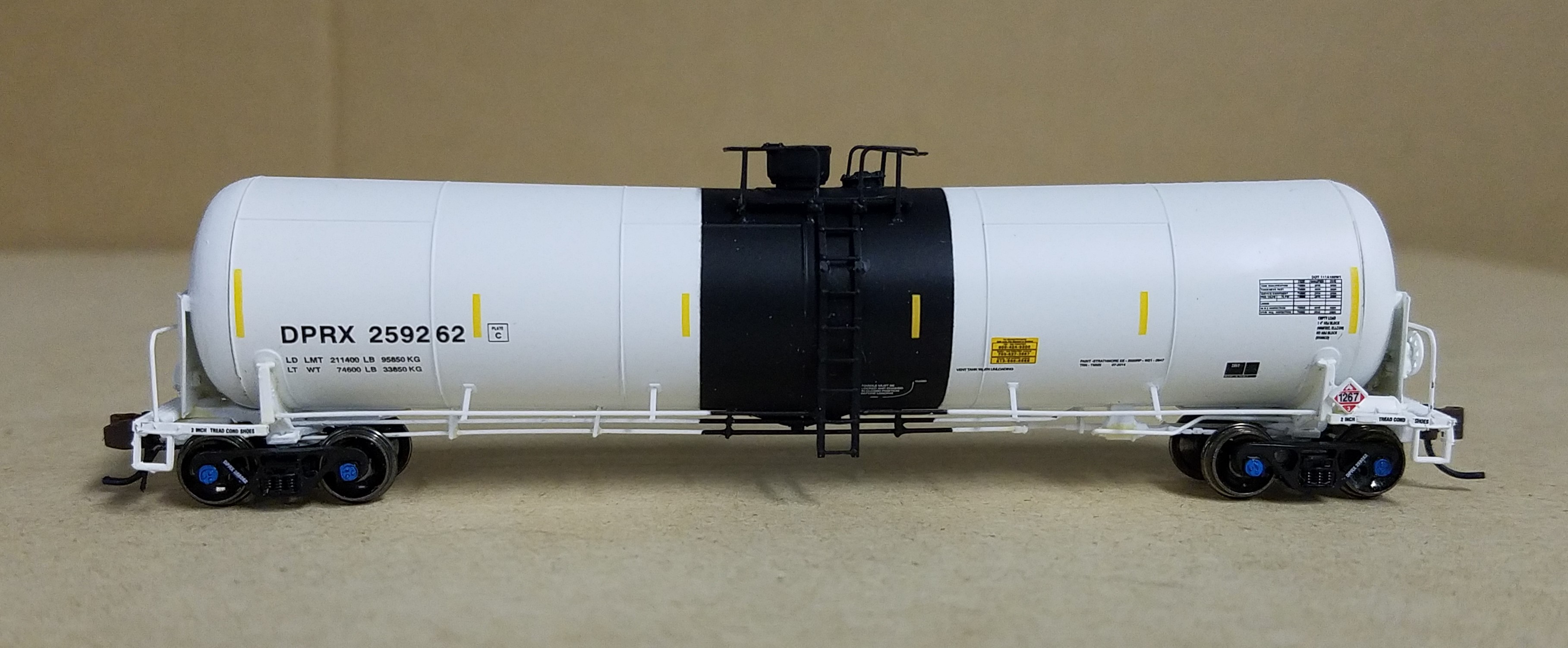Road Name History: The Southern Railway (SR), sometimes shortened to 'Southern', was a British railway company established in the 1923 Grouping. It linked London with the Channel ports, South West England, South coast resorts and Kent. The railway was formed by the amalgamation of several smaller railway companies, the largest of which were the London & South Western Railway (LSWR), the London, Brighton and South Coast Railway (LBSC) and the South Eastern and Chatham Railway (SECR). The construction of what was to become the Southern Railway began in 1838 with the opening of the London and Southampton Railway, which was renamed the London & South Western Railway.
At 2,186 miles (3,518 km), the Southern Railway was the smallest of the Big Four railway companies and, unlike the others, the majority of its revenue came from passenger traffic rather than freight. It created what was at that time the world's largest electrified main line railway system and the first electrified InterCity route (London—Brighton).
The Southern Railway operated a number of famous named trains, including the Brighton Belle, the Bournemouth Belle, the Golden Arrow and the Night Ferry (London - Paris and Brussels). The West Country services were dominated by lucrative summer holiday traffic and included named trains such as the Atlantic Coast Express and the Devon Belle. The company's best-known livery was highly distinctive: locomotives and carriages were painted in a bright Malachite green above plain black frames, with bold, bright yellow lettering.
The Southern Railway was nationalised in 1948, becoming the Southern Region of British Railways.
From Wikipedia
At 2,186 miles (3,518 km), the Southern Railway was the smallest of the Big Four railway companies and, unlike the others, the majority of its revenue came from passenger traffic rather than freight. It created what was at that time the world's largest electrified main line railway system and the first electrified InterCity route (London—Brighton).
The Southern Railway operated a number of famous named trains, including the Brighton Belle, the Bournemouth Belle, the Golden Arrow and the Night Ferry (London - Paris and Brussels). The West Country services were dominated by lucrative summer holiday traffic and included named trains such as the Atlantic Coast Express and the Devon Belle. The company's best-known livery was highly distinctive: locomotives and carriages were painted in a bright Malachite green above plain black frames, with bold, bright yellow lettering.
The Southern Railway was nationalised in 1948, becoming the Southern Region of British Railways.
From Wikipedia
Brand/Importer Information: Graham Farish is a British brand of N gauge model trains, that belongs to Bachmann Europe.
The company entered the model train business in the early 1950s, focusing on British OO gauge rolling stock, track and accessories.
In the 1970s, it started to produce N gauge models under the GRAFAR label. After the withdrawal of Lima and Minitrix from the UK market in the late 1980s, Graham Farish was the only major supplier of British outline models in N gauge, soon withdrawing from the OO scale market.
In 2001, Graham Farish was purchased by Kader Industries of Hong Kong, and absorbed by its subsidiary Bachmann Industries. Bachmann immediately closed the British manufacturing facility and moved production to China.
Bachmann have since increased the size of the Farish range, by duplicating models introduced to the Bachmann OO range; often, an OO scale Bachmann Branchline model is followed between 6 months to a year later by an N gauge Graham Farish model.
The company entered the model train business in the early 1950s, focusing on British OO gauge rolling stock, track and accessories.
In the 1970s, it started to produce N gauge models under the GRAFAR label. After the withdrawal of Lima and Minitrix from the UK market in the late 1980s, Graham Farish was the only major supplier of British outline models in N gauge, soon withdrawing from the OO scale market.
In 2001, Graham Farish was purchased by Kader Industries of Hong Kong, and absorbed by its subsidiary Bachmann Industries. Bachmann immediately closed the British manufacturing facility and moved production to China.
Bachmann have since increased the size of the Farish range, by duplicating models introduced to the Bachmann OO range; often, an OO scale Bachmann Branchline model is followed between 6 months to a year later by an N gauge Graham Farish model.
Manufacturer Information: Bachmann, a US company founded in 1835, was purchased by Kader Industries in 1987. Kader formed Bachmann Industries Europe in 1989 with their main UK headquarters in Moat Way, Barwell, Leicestershire, UK (former Palitoy location) and the following year launched the Bachmann Branchline range for the British market with the moulds that had previously been used for the Palitoy Mainline and Replica Railways model railway products. From this starting point Bachmann has developed the range further and now produce a large range of models.
In 2001 Bachmann Branchline bought Graham Farish, an N gauge manufacturer, and since then many of their models have been made available in both gauges.
Bachmann Europe portfolio also comprises other model trains brands such as Liliput.
In 2001 Bachmann Branchline bought Graham Farish, an N gauge manufacturer, and since then many of their models have been made available in both gauges.
Bachmann Europe portfolio also comprises other model trains brands such as Liliput.
Item created by: CNW400 on 2022-03-21 16:05:00
If you see errors or missing data in this entry, please feel free to log in and edit it. Anyone with a Gmail account can log in instantly.
If you see errors or missing data in this entry, please feel free to log in and edit it. Anyone with a Gmail account can log in instantly.


